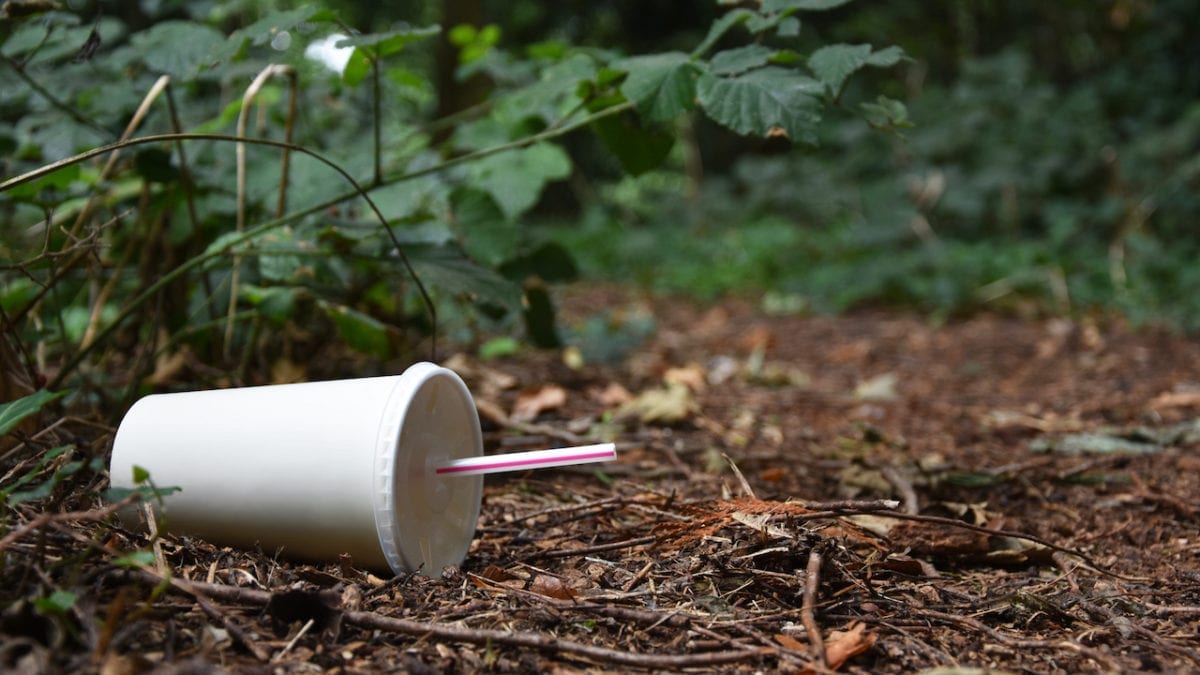A Beginner’s Guide to Stewardship
Stewardship is a pillar of outdoor climbing. What can we do to help keep our crags open during this summer's season?

As the climbing season picks up across the country, many crags brace for what might become the busiest outdoor season to date. Last year saw climbers migrate from crag to crag, making for unprecedented challenges in regard to outdoor climbing.
And be sure to support your local access group: Alberta, Rockies, BC, Vancouver, Squamish, Ontario, Newfoundland, Quebec, Nova Scotia.
Stewardship
Although many may not jump at the chance to clean their crags each day they go outside, the concentrated efforts of the hardworking few keep many of Canada’s most beautiful places open for public use. While stewardship receives less attention today than it has in the past, it will become an important subject this summer.
As vaccination rates increase, interprovincial boarders will reopen. Climbers will travel across the country in pursuit of their climbing goals. Even local crags will sustain increased traffic as climbing gyms remain closed.
Climbing outside remains one of the most fun ways to spend a day, but access issues threaten climbers’ favourite crags. How might we make climbing outdoors more sustainable?
Don’t Litter
If you have been to a crag in the last year, you will have noticed that the amount of litter has increased. Part of this comes from hikers. Many people that do not have experience with the outdoors have gone outside regularly for the first time in this last year. Canada’s natural spaces have carried that burden.
Although inexperienced hikers may pollute areas, climbers have also frequented outdoor spaces at an unprecedented rate. This has increased the number of chalk spills and tape trash produced in these places. Before leaving your route, boulder or crag, take a look around. Did you leave something behind? Just grab it before you go.
Pick up Trash
Nobody relishes picking up someone else’s litter. That said, no one likes a closed crag either. If land managers find their parks destroyed by garbage, they might find the best solution in the locks that close their gates.
To combat possible closures, throwing a garbage bag and a pair of gardening gloves into your climbing pack will make the process of picking up garbage easy and almost enjoyable. Other climbers will think that you have done them a great service and you might even find yourself inspiring others to do the same.
The relative involvement of your litter pick-up is your choice. If you can leave a crag better than you found it, that’s a pretty great place to start.
Stay On The Trail
This last issue has become more relevant with the increased traffic this year. Although outdoor spaces often feel like a place to freely frolic, sometimes sticking to the trail can help the local vegetation recover. In places like the Niagara Glen and Squamish’s Grand Wall boulders, sticking to trail is one of the most important things a person can do.
As these areas provide an irreplaceable resource to climbers, staying on the path during the approach is a necessity.
Human and Animal Waste
Try and avoid pooping in the woods. Sometimes nature’s call must be heard regardless of how much you’d rather use a toilet. In those instances, grab a bag, maybe that garbage bag you have packed into your climbing pack, and carry it out. Although manure does make for good fertilizer, the excessive nutrients stemming from poop causes eutrophication in local aquatic environments. The rain takes the excess nitrogen and phosphorous from a protein packed power dump and washes it into the area’s lakes and ponds.
These nutrients cause excessive algal blooms which inhibit water flow. This decreases the oxygen level of that water and makes it difficult for aquatic animals to breathe. In addition, aquatic plants require sunlight, but if algae dominates a pond’s surface, these plants cannot access that sunlight. This causes them to die, decompose, and produce greenhouse gasses like carbon dioxide and methane. Pack out the poop and help save the planet.
Noise Pollution
In the country’s smaller crags, land managers act as the go-between for local neighborhoods and natural spaces. Many of the crags in Ontario and Quebec feature some proximity to the more populated portions of suburban spaces. In areas like these, keeping noise to a minimum helps retain positive relationships with these land managers.
Whether that means keeping the power scream inside, leaving the speaker at home, or waiting to speak until you have walked by the area’s houses, efforts that keep noise to minimum during crag access can have a meaningful difference.
Outside of access issues, silence during another climber’s attempt is a pillar of crag etiquette. If you would not want someone yelling during your redpoint burn, then perhaps you might extend another climber that same courtesy.
Parking
Few things frustrate locals than miles of cars parked along a road where they don’t belong. Ensuring that you have parked in the sanctioned areas may mean your having to walk a little further. However, it also means that you have done your part in keeping access open.
Some crags ask that you pay a little donation to the parking area upon arrival. Although this payment might appear easy to avoid, these tithes help climbers and land managers maintain their positive relationships.


